A compass is a simple yet essential tool for navigation that has been used for centuries. Its primary function lies in determining directions by pointing to the Earth’s magnetic poles. Whether you’re traveling, mapping, or finding the direction of a house, understanding the uses of a compass is invaluable.
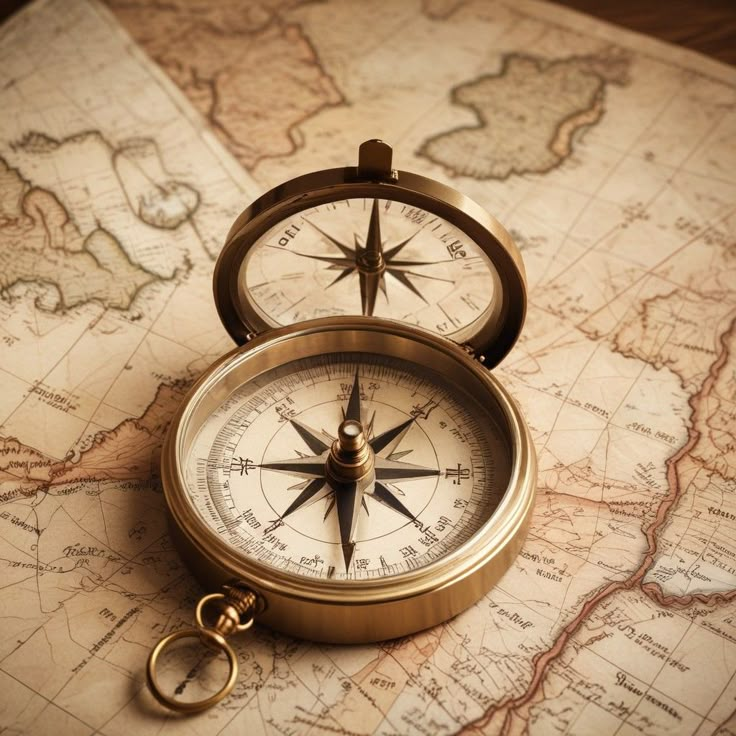
What Is a Compass?
A compass is a magnetic device with a needle that aligns itself with the Earth’s magnetic field, always pointing to the magnetic north. This property of the compass needle is critical for navigation, especially when other tools like GPS are unavailable.
How Does a Compass Work?
The dial of a compass, marked with the four cardinal directions—North, South, East, and West—helps users identify their orientation. When held level, the needle, due to its magnetic properties, points north. By aligning the needle with the compass dial, one can determine other directions.
Uses of a Compass in Finding Directions
- Navigation: One of the primary uses of a compass is finding direction, whether on land or sea. Travelers and explorers rely on it to stay oriented and reach their destination.
- Map Reading: A compass is often used with maps to navigate effectively. It helps users align the map with the actual terrain and find the correct direction to proceed.
- Determining House Direction: A compass can be used to check the facing direction of a house. To find the house’s direction, stand at the entrance with the compass and note where the needle points.
- Hiking and Camping: For outdoor enthusiasts, a compass is a crucial tool to find their way in unfamiliar terrains. It works even when there’s no cellular network or GPS.
- Educational Purposes: Learning how to use a compass is a fundamental skill taught in schools to understand the Earth’s magnetic field and basic navigation principles.
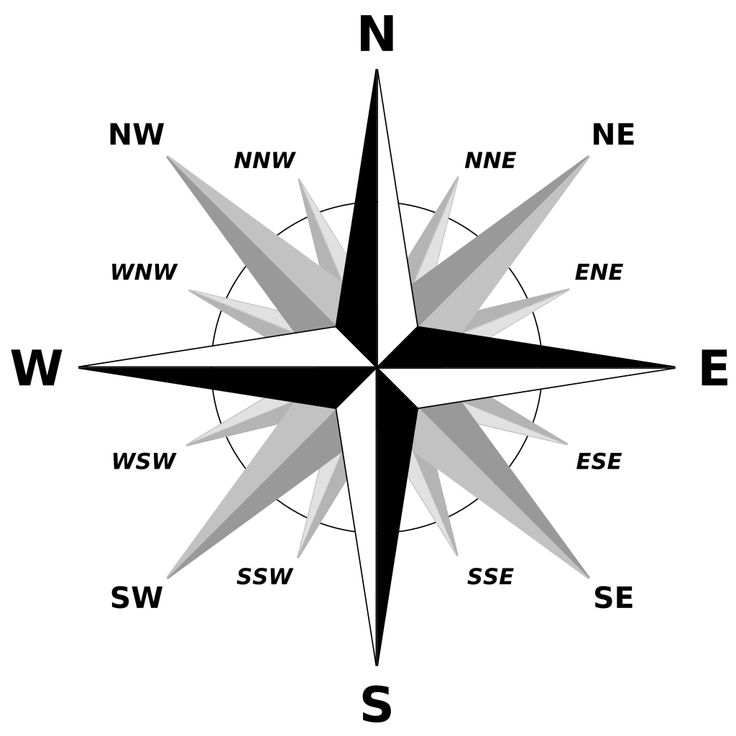
How to Use a Compass to Find Directions?
- Hold the Compass Flat:
Place the compass on a flat surface or hold it level in your hand to allow the needle to move freely without obstruction.
- Allow the Needle to Settle:
Wait for the compass needle to stop moving and align itself with the Earth’s magnetic field. The red end typically points to magnetic north.
- Align the Dial with the Needle:
Rotate the compass dial until the “N” (North) on the dial matches the direction of the needle. This ensures that the compass is properly oriented.
- Determine Other Directions:
Once the compass is aligned, use the marked cardinal directions (North, South, East, West) on the dial to identify your desired direction.
- Find a Specific Direction:
If you need to travel or align yourself in a specific direction (e.g., East), turn your body until the desired direction on the dial matches the needle’s alignment.
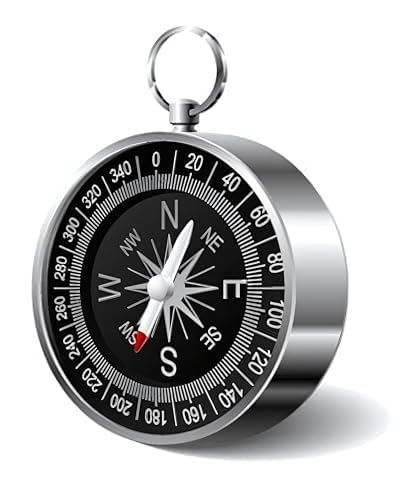
- Checking a House’s Direction:
Stand at the entrance of the house with the compass. Align the needle with “N” on the dial and observe the direction that the entrance faces, as indicated on the compass.
- Alternative to Compass for Finding Direction:
If a compass is unavailable, you can use natural methods like observing the sun’s position (rising in the East, setting in the West) or using prominent landmarks. However, these methods are less precise.
Benefits of a Magnetic Compass
The magnetic compass is particularly useful in situations where electronic devices fail. It works universally by utilizing the Earth’s magnetic properties. Whether for survival, travel, or planning, the compass remains an indispensable tool for determining direction.
Conclusion
Understanding the uses of a compass and how to use it to find direction is essential for navigation and daily life. Whether you’re exploring a new place, planning a house layout, or hiking in the wilderness, this tool ensures you never lose your way. Its simplicity, accuracy, and reliability make it a must-have for anyone needing to find directions.
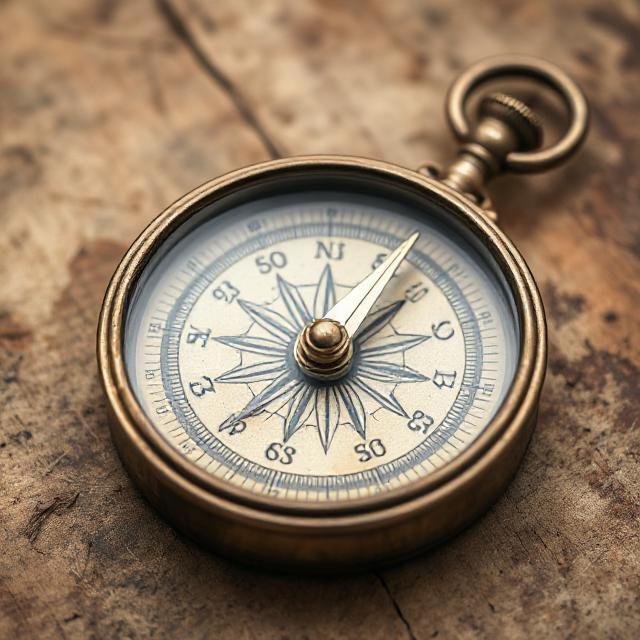


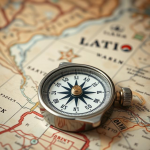
You really make it seem so easy with your presentation but I find this topic to be really something that I think I would never understand. It seems too complicated and extremely broad for me. I’m looking forward for your next post, I’ll try to get the hang of it!